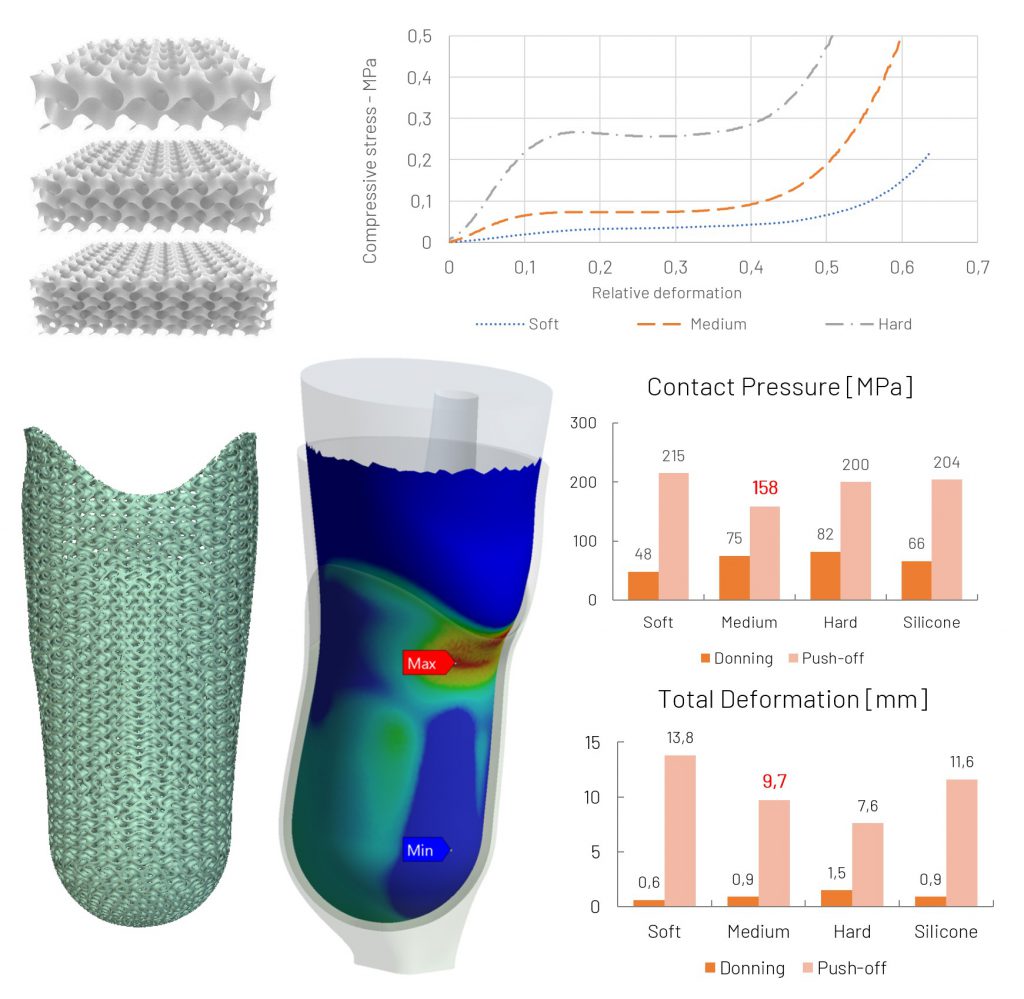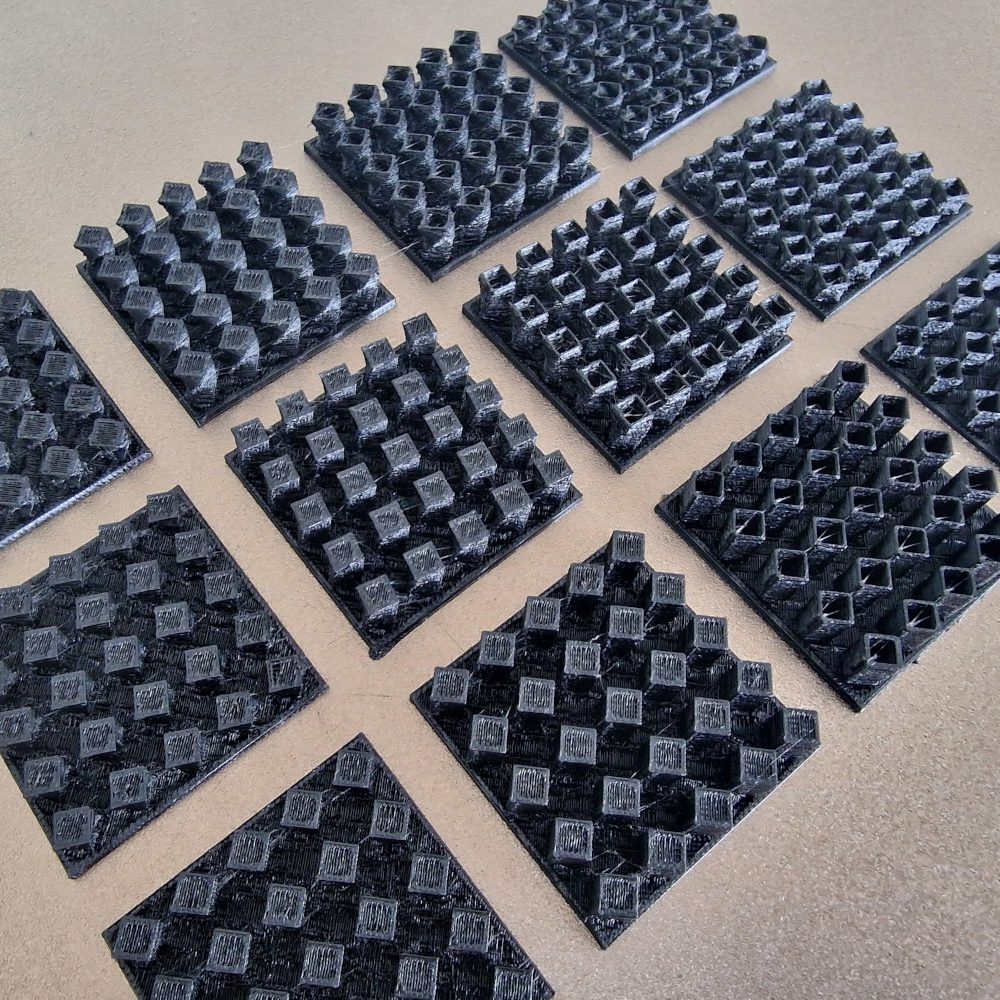Research work
The areas of research activity of our laboratory include:
- Product development and computer-aided design (CAD): innovation, conceptualization, 3D modeling, validation.
- Virtual prototyping and engineering analysis / simulation: creation of virtual models, simulations and analysis of complex systems and products
- Reverse engineering and 3D printing: Capture of existing geometry, use in 3D printing, application and optimization of products for additive manufacturing.
- Product aesthetics: improving the visual appeal and sensory experience of products.
- Bionics and Biomechanics: The application of engineering principles to the study of biological systems and the development of medical devices.
- Ergonomics: the study of human-product-environment interaction to optimize interaction.
- Designing cellular structures: development and application of new advanced meta-materials.
Our research work includes a comprehensive (integrated) approach to product development, innovation promotion and progress in construction and engineering design.

Highlighted research areas

Development and multifunctional application of cellular structures
Identify, manipulate and optimize cellular structures for multifunctional applications. Includes:
- Characterization of cellular structures to determine the available design space and parameters for the development of structures with the desired mechanical behavior.
- Analysis of mechanical interactions between cellular structures and conventional homogeneous materials to understand their combined mechanical behavior.
- Using numerical simulations and experiments to optimize the mechanical properties of cellular structures for specific applications.
Bionics and biomechanics
Modeling, simulation and analysis of complex biomechanical systems for the design and development of new products. Analysis and use of biomechanical systems from nature for the development and improvement of functionality, mechanical properties and ergonomics of products. Includes:
- The development of new structures to improve the interaction between biological tissue and the product, reducing the contact pressure and planning the deformation.
- Correlating mechanical parameters such as contact pressure with subjective sensation.
- Development and production of medical devices using CAD tools, reverse engineering and additive technologies.
- Analysis of the influencing parameters of the interaction between the biological system and the product using numerical simulations.


Ergonomics
Designing and customizing products that are adapted to the needs and requirements of users and provide an optimal user experience in terms of their usability, efficiency, safety and comfort. Main activities include:
- Consideration of various anthropometric measurements in product design.
- Ensuring the user’s physical comfort while using the product by properly designing handles, backrests, seats and other surfaces to reduce stress on muscles, joints and other body tissue.
- Observance of ergonomic principles in the design of safety functions and protective mechanisms to prevent injuries or accidents due to improper use of products.
- By designing ergonomic interfaces that enable simple and intuitive product management and minimal burden on users.
- Considering human cognitive abilities in product design.
- Enabling product customization for different users and their needs, including inclusive design.
Goal-driven development of musical instruments
:Modeling, simulation and experimental analysis of musical instruments for the design and development of new products. Analysis and application of vibro-acoustic properties of basic materials and target construction of metamaterials in order to achieve the desired sound image of the musical instrument. The research includes
- The development of new structures with the aim of improving the vibro-acoustic properties, for sound generation, of important parts of the musical instrument.
- Linking design parameters such as aesthetics and ergonomics to the target sound image of the instrument.
- Development and production of musical instruments using CAD tools, reverse engineering and additive technologies.
- Analysis of the influencing parameters for the sound image using numerical simulations and experimental validation.
